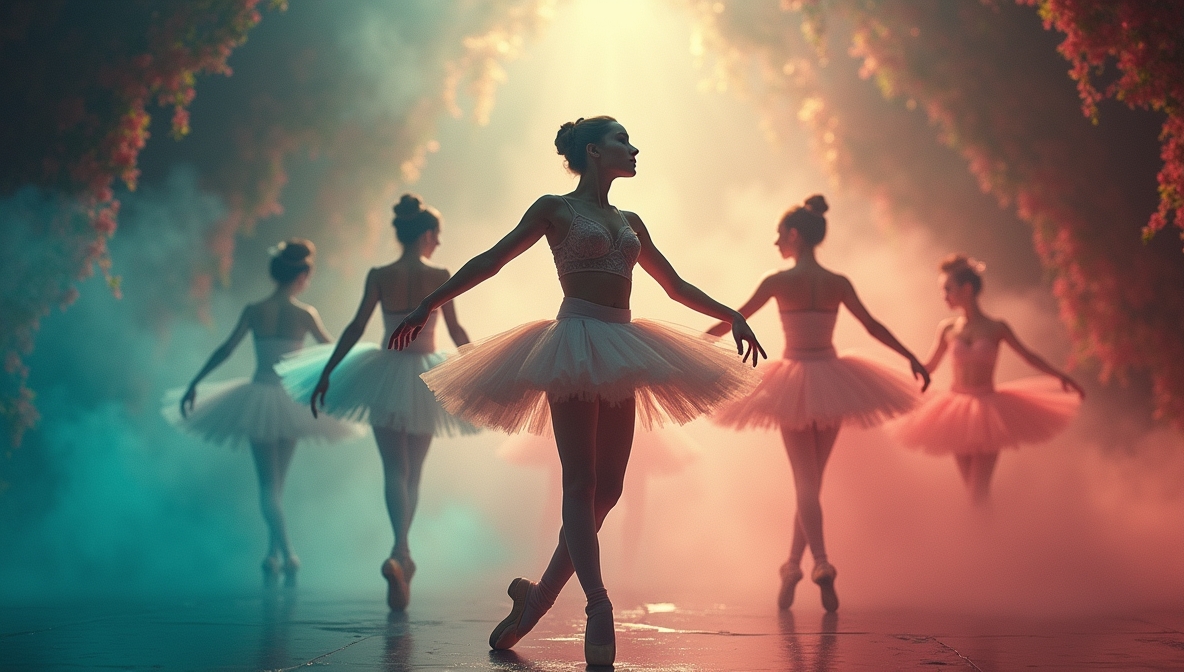Ballet is more than an art form—it is a language of movement, a tradition shaped by centuries of refinement. From the grand courts of Renaissance Italy to the contemporary stages of the world, its evolution reflects the changing tides of society, politics, and culture. How did ballet originate, and why does it continue to hold such significance? The answer lies in its rich history and deep cultural impact.
Origins: The Courtly Beginnings in Italy and France
Ballet traces its roots to the 15th-century Italian Renaissance courts, where elaborate dance spectacles accompanied royal celebrations. These performances, known as “balletto,” combined music, poetry, and movement, serving as a means of aristocratic entertainment.
In the late 16th century, Catherine de’ Medici, an Italian noblewoman who married King Henry II of France, introduced this dance tradition to the French court. The first recorded ballet, Ballet Comique de la Reine (1581), was staged under her patronage, setting a precedent for theatrical dance in France.
During the 17th century, King Louis XIV, a passionate dancer himself, played a decisive role in formalizing ballet as an art form. His establishment of the Académie Royale de Danse in 1661 professionalized ballet, elevating it from courtly amusement to a structured discipline. The king’s performances, especially in the role of the Sun King in Le Ballet de la Nuit, reinforced ballet’s association with power and prestige.
The Rise of Classical Ballet: Technique and Storytelling
By the 18th century, ballet had shifted from royal courts to the public stage. Pioneers such as Jean-Georges Noverre argued for expressive movement over rigid patterns, laying the groundwork for ballet d’action—a style emphasizing narrative and emotional depth.
The 19th century ushered in the golden age of classical ballet, with Russia emerging as its dominant force. French and Italian choreographers, including Marius Petipa, worked in the Imperial Theatres of St. Petersburg, creating some of the most enduring works:
- Swan Lake (1877) – A tragic tale of love and sorcery set to Tchaikovsky’s sweeping score.
- The Sleeping Beauty (1890) – A grand spectacle of fairy-tale magic and intricate choreography.
- The Nutcracker (1892) – A holiday tradition, blending fantasy with technical brilliance.
These ballets showcased refined pointe work, elaborate costumes, and grand orchestration, solidifying the aesthetic of classical ballet.
Modern Ballet: Breaking Traditions and Redefining Movement
The early 20th century brought a wave of innovation. Sergei Diaghilev’s Ballets Russes revolutionized ballet through bold storytelling, avant-garde collaborations, and groundbreaking music. Choreographers like Michel Fokine, Vaslav Nijinsky, and George Balanchine expanded ballet’s expressive range:
- Fokine emphasized fluidity and authenticity, rejecting rigid postures.
- Nijinsky shocked audiences with abstract, provocative works like The Rite of Spring (1913).
- Balanchine pioneered neoclassical ballet, stripping away ornate sets and costumes to focus on pure movement.
This period saw ballet break away from traditional narratives, embracing abstract themes and unconventional compositions.
Ballet’s Cultural Influence: Beyond the Stage
Ballet’s impact extends far beyond performance halls. Its discipline, aesthetics, and philosophy have permeated various aspects of culture, shaping dance, fashion, film, and even sports.
1. Influence on Contemporary Dance
Modern dance pioneers such as Martha Graham and Merce Cunningham drew inspiration from ballet’s precision while rejecting its rigid structures. Ballet techniques remain fundamental in contemporary dance training, influencing choreography across multiple genres.
2. Fashion and Costume Design
Ballet’s ethereal costumes, from romantic tutus to avant-garde stage wear, have inspired high fashion. Designers like Coco Chanel and Christian Dior incorporated ballet motifs into their collections, while dancewear brands continue to shape everyday fashion.
3. Ballet in Cinema and Popular Culture
Films like The Red Shoes (1948) and Black Swan (2010) have brought ballet’s beauty and psychological depth to mainstream audiences. Ballet sequences in pop music videos and commercials highlight its lasting appeal.
4. Fitness and Athletic Training
Ballet’s emphasis on strength, flexibility, and posture has influenced fitness trends such as barre workouts. Even athletes in gymnastics, figure skating, and synchronized swimming incorporate ballet training to refine their movement and control.
5. Cultural Identity and Representation
Ballet companies worldwide adapt and reinterpret classic works to reflect diverse perspectives. Contemporary choreographers integrate elements of African, Asian, and Latin dance traditions, challenging Eurocentric narratives.
Ballet’s Legacy: Tradition and Innovation in Balance
Ballet remains a dynamic art form, balancing tradition with change. While classical productions preserve its historical roots, modern choreographers continue to push artistic boundaries. Its cultural influence extends into multiple disciplines, proving that ballet is not just an art—it is a living expression of movement, history, and human experience.


